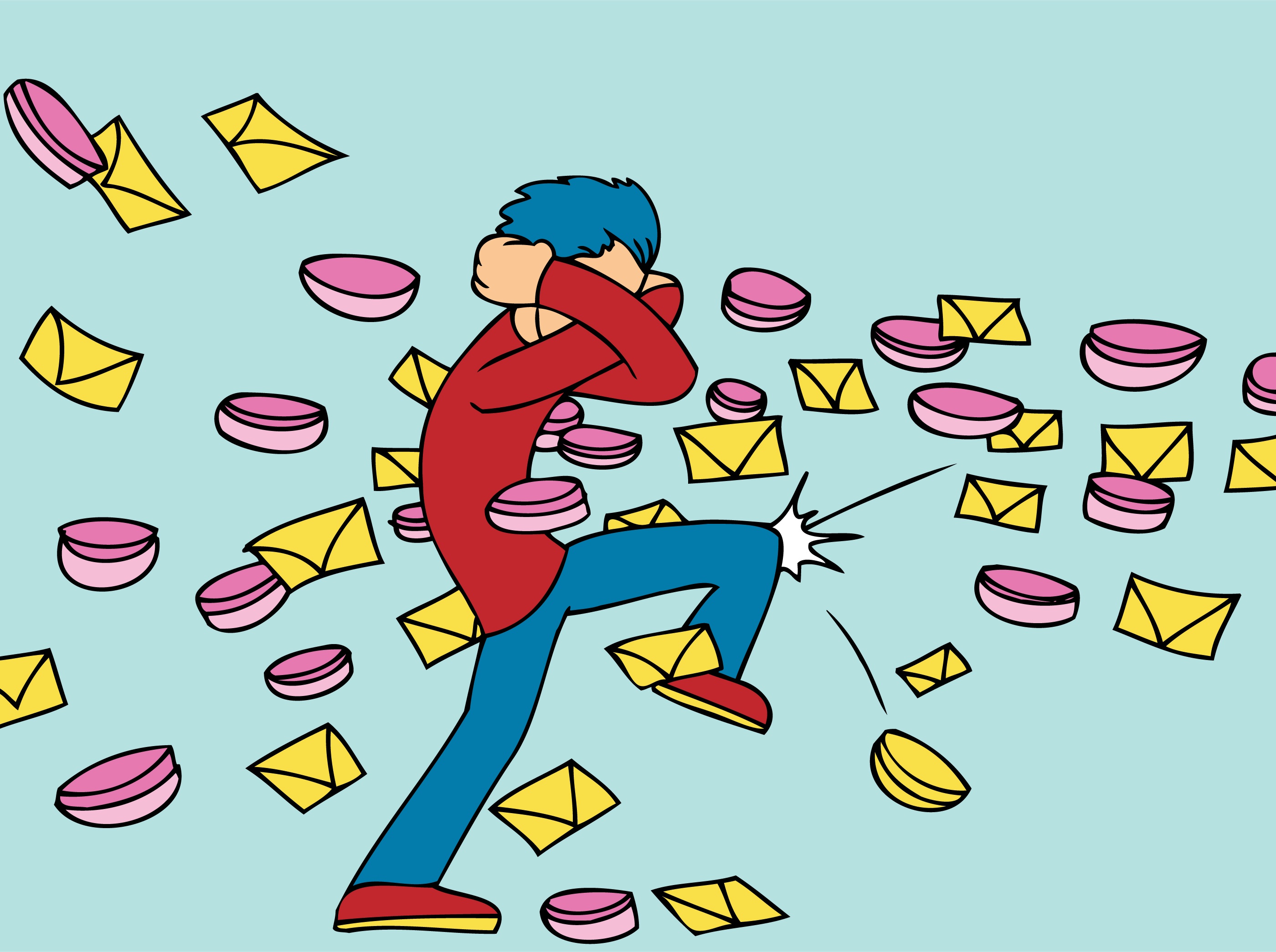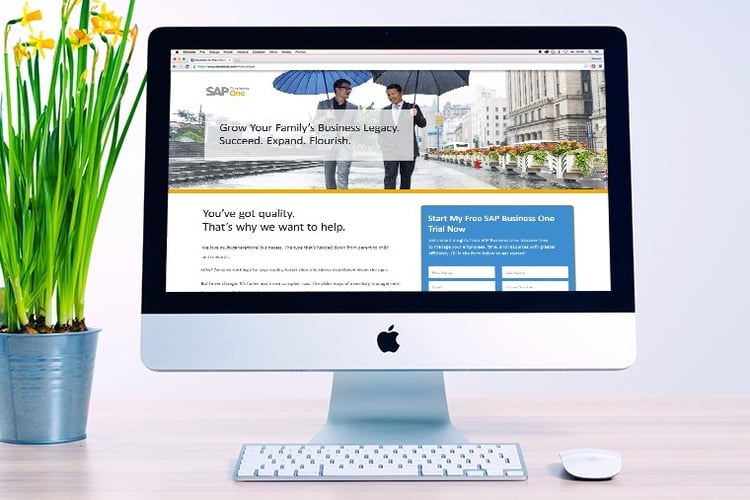

Q&A: How Often Should I Send My Lead Nurturing Emails?


There’s an answer, but you’re not going to like it. Ready?
The answer to "How often should I send my lead nurturing emails?" is…
It depends."
Simmer down, folks. I know the answer sounds like a cop out, but there’s a very good reason for it. In fact, you might know this: Different business goals mean different buyers and needs, which need different lead nurturing programs...which need different tactical tuning and variations.
That is why it’s incredibly tough to develop a magic number (42, anyone?) for email marketing frequency, or anything else for the matter.
That doesn’t mean we should give up—it just means that we should redefine our magical benchmark. After all, email marketing still proves to be an effective and inexpensive way to reach mobile customers, drive sales, and keep customers up-to-date on your brand.
Download: B2B Email Marketing Best Practices Guide
So How Can You Nail Down An Effective Lead Nurturing Strategy?
First, let’s talk about how lead nurturing works. When potential customers visit your website, they might not yet be ready (or convinced) to buy your product or subscribe to your services. This is where lead nurturing steps in.
Lead nurturing is done through email marketing content that informs potential customers about your product or service, in order to entice them to buy or subscribe. I wouldn’t advise a one-size-fits-all approach, though, because there isn’t one.
The ideal timing for your email strategy will depend on the type of lead nurturing program you need to implement.
Let’s go about these types one by one:
1. Net New Leads
This aims to take new leads from first contact up to the time they are ready to purchase. Someone who just downloaded your whitepaper, for example, will take some time before he goes from curious to convinced. Bridging that gap then becomes your email drip campaign’s job.
How often you should email: Six to 45 days, depending on the length of your sales cycle.
Emailing more than once in a week is too much unless your sales cycle is shorter than six days. Don’t wait longer than a month and a half, though. As a general rule, you should time your email frequency along with the average length of your sales process.
Check out this case study and discover how our effective lead nurturing email campaign helped score 3,700 net new leads for SAP.
2. Sales Nurturing
This strategy targets potential leads who have already made the first contact with your sales team. Not only does it bring your sales team closer to your leads, it also helps sustain sales prospects over time.
How often you should email: Ask your sales representatives.
Since your sales representatives interact closely with your leads, they know best how to communicate with them.
Read: How to Save B2B Email Marketing from The Great Sales-Marketing Divide
3. Cold Lead Nurturing Program
Aside from new and existing leads, you may also have “cold” leads, or those with whom you seem to have reached a dead end in the sales process. Getting them back thus requires a different tactic.
How often you should email: Mix it up between six to 45 days.
They're less likely to convert into sales for one reason or another, so take longer interval between emails. It will get your brand on their radar without being too aggressive.
4. Win Back
No matter how good your business is doing, you will inevitably lose some leads. It’s just how it is. In this scenario, time is your ally. Somewhere down the line, you can win them back with new offers, improved technology, or easier terms.
How often you should email: Set rules based on your sales team’s data.
Your timing here will usually depend on how often your brand comes up with new sales strategies (e.g., product improvements, seasonal discounts, and other special offers) that could win conversions you may have previously lost.
5. Customer Retention
While it’s good to win over new customers, you better not forget about old ones; they’re less expensive to retain anyway. This is a great opportunity to share product-specific tips, offer retention rewards, or inform them about new products or services they may be interested in.
How often you should email: Send additional emails on top of your periodic newsletter.
Your existing customer base will expect to hear from you on a regular basis. But you can still get in touch with them in other instances: (a) whenever you have new products or offers; and (b) whenever they interact with your brand in any way (i.e., subscribing or purchasing).
Read: Essential eCommerce Marketing Checklist: Part 1
6. Data Qualification
In some cases, you may not have all the information you need to find out what some leads would be interested in. In this scenario, your email marketing campaign can help you gather the data you need to find out what sales track to implement for these incomplete leads.
How often you should email: Depending on how much data you need.
Remember that this scenario requires your customers to give you something, which means they would be more likely to engage if they have to do less on their end.
7. The Hot Potato Effect
New leads, especially those who voluntarily join your email list, will be excited to hear from you as soon as they sign up.
How often you should email: Reduce frequency as time passes.
How often your subscribers want to hear from you depends on how long they’ve known you. This strategy recommends daily emails for the first month, with the frequency gradually reduced over time.
Cutting Through the Email Nurturing Chase
If you’re new to email marketing, trying to do all these different types of lead nurturing may sound overwhelming. Pro tip: You can start with the basics: net new leads and customer retention.
Do all of these sound overwhelming? Don't forget: marketing automation can handle your email marketing woes. Marketing automation will help you automatically schedule emails depending on the type of leads you have and the corresponding strategy you wish to implement.
Find out more about email automation and other important B2B email marketing principles in our free ebook: Image sources and credits:
Image sources and credits:
Header image: cteconsulting @ DepositPhotos
More insights